October 24, 2024

Q: When we learn about factory farming, puppy mills, and animal abuse in entertainment and for clothing, it can seem that society is built on cruelty to animals. But your book suggests that change is coming, and fast. What’s driving it?
Wayne Pacelle: As a society, we are typically deeply disassociated from animal cruelty, but more than ever, animal protection organizations are telling the backstory. Especially in this Internet age, routine practices are being exposed and rightly recognized as harsh and cruel. People are being forced to confront the realities. At the same time, we have an ever-growing understanding of the intelligence and emotional capacities of animals and an acceptance of the principle that animal cruelty is a moral problem.
Entrepreneurs, designers, scientists, and other creative people are giving us solutions to that problem. There are new ways of producing food, film, clothing, and research that steer clear of using animals. Some of those products are functionally equivalent or even superior to what we’re used to. Now corporations, legislatures, and other institutions are responding, and supporting these shifts, so we’re seeing seismic changes throughout society.
Q: Tell us more about ag-gag laws.
Pacelle: Undercover investigations threw back the curtain on the systemic exploitation of animals on factory farms. The response by agribusiness interests has been to back laws that ban animal advocates from taking pictures or videos at these facilities, and ban the media from publishing any that are taken. The laws also make it a crime for animal advocates to seek employment at animal enterprises without disclosing their intentions.
Q: How is the fight against those laws going?
Pacelle: Eight states have enacted some variation of the prohibitions, but we’ve been able to block dozens of other states from adopting them. And the existing eight are facing constitutional scrutiny in the courts. The factory farming interests walked right into a First Amendment punch. It has also turned out to be self-defeating from a public-relations viewpoint. Media coverage of the legislative fights is overwhelmingly negative for agriculture interests. The impression left among consumers is that the proponents had something to hide.
Q: Your section on meat alternatives made me understand why Nicholas Kristof, in the title of his New York Times column about your book, used the word “revolution.” Could we be heading toward a world in which “meat” is eaten but animals are not killed for it?
Pacelle: We’ve witnessed so many revolutions in our society. Think of transportation, photography, or communications. Things once unimaginable have become seemingly impossible to live without.
Given the overwhelming case that factory farming has so many disastrous consequences—for animals, the environment, and health—it seems ripe for disruption. And there are many innovators hard at work seeking to perfect alternatives to meat, milk, and eggs. These food products will, like computer-generated graphics or photography or sound systems, just keep getting better and better until there is little difference between an animal-based protein and a plant-based one, or farm-produced versus cultured meat. That will make it easy for people to make the kinds of choices that will usher in a world with far less violence.
Q: Plant-based eating is often thought of as the domain of the fancy folks who shop at Whole Foods. But you tell us that eggless Just Mayo is expanding into 7-Elevens. Score another point for the revolution?
Pacelle: Hampton Creek, which produces Just Mayo, and other companies developing plant-based proteins, are not only intent on beating meat and other animal products on price, they are doing it. You can tell they are succeeding, not least because more traditional firms are emulating them, or buying them up.
More than forty years ago, Frances Moore Lappé called animals “protein factories in reverse”—because, unless they are raised on grass, cattle and pigs require many pounds of grain to produce one pound of meat. As a matter of resource inputs, it should be more cost-effective to produce plant proteins directly, rather than feeding plants to animals to inefficiently convert them.
Q: I loved your chapter on entertainment. I worry that people sometimes confuse the American Humane Association, famous for stamping its “No Animals Were Harmed . . .” label on movies, and your organization, The Humane Society of the United States.
Pacelle: But at The Humane Society of the United States, we know how difficult it is to prevent cruelty to animals in movies because so many of the animal welfare problems occur behind the scenes in training, housing, and transportation, long before the animals get on the set.
Q: Your section on computer generated imagery, or CGI, is encouraging.
Pacelle: Yes! A growing number of movie directors are taking advantage of that technology and leapfrogging the moral and practical problems associated with using conscripted animal actors.
I talked to director Darren Aronofsky, who made Noah, and to the writers of the most recent Planet of the Apes movies. These filmmakers used CGI and performance capture technology to keep animals at the center of the story with remarkable vividness, without using wild animals at all. Did you see Leonardo DiCaprio’s tussle with that bear in The Revenant? It was a human actor, and then CGI tools brought the scene to life.
Q: As I was finishing your book, I saw a BBC report on China, where a pig cornea has been transplanted into a man. The report noted that pig corneas were needed because there weren’t enough human corneas donated. What are the problems with that approach?
Pacelle: The issue of xenotransplantation—such as transplanting animal organs into humans—is fraught with risks for animals, naturally, and for people. When we transplant organs, we are enabling viruses to jump natural barriers between species.
Q: And what is the solution in a humane economy?
Pacelle: The good news is we are seeing an incredible surge in non-animal technologies in laboratories. With researchers using stem cells, visually impaired people may one day have new corneas and lenses grown from their own cells. That is likely to be a more effective and cheaper approach than using animals.
I visited one laboratory at Harvard that has created a “lung-on-a-chip” and is developing a whole series of other human organs as testing tools. It’s extraordinary stuff, and here again, human creativity and innovation is going to make the exploitation of animals look not only inhumane but obsolete and cumbersome.
Q: To what extent can we expect a humane economic order to catch on in China, a nation that will have a huge impact on the future of animals?
Pacelle: China is now urging citizens to eat less meat. Factory farming comes with immense costs to a society, and Chinese leaders are starting to recognize its implications for water use, the efficient use of grains and other food resources, and human health concerns.
The country is also starting to reform policies that required testing cosmetics on animals. And Chinese leaders are also adopting policies to stop the trade in ivory. China cares about its reputation and doesn’t want to be known as the nation whose preferences drove the extinction of elephants.
These are all immensely hopeful signs—evidence that the people of China, including its leaders, are starting to stir on animal issues. China is a keen observer of trends elsewhere in the world, and it’s going to give our own innovators a run for their money.
Q: You mention hopeful signs. During that BBC report, the camera scanned hundreds of pigs in the lab, each one housed individually in a body-sized cage. The reporter didn’t even seem to notice that the pigs’ lives were pure misery, and that left me feeling a little hopeless. Yet your book exudes hope. Can you share some here?
Pacelle: While the book is hopeful, as I am, I remind readers that animal abuse is still widespread and we have so much work ahead. I haven’t suggested that we’ve triumphed in any ultimate way. But I’ve put the spotlight on some transformations, which signal a substantial shift in the many areas where we’ve traditionally relied upon animal use.
The combination of moral intentionality and human innovation is a powerful force. And that’s the force behind the humane economy. By embracing its tenets, we help animals, but we also advance commerce in a more sustainable, and profitable, way. I think we have every reason to believe it is the way of the future.
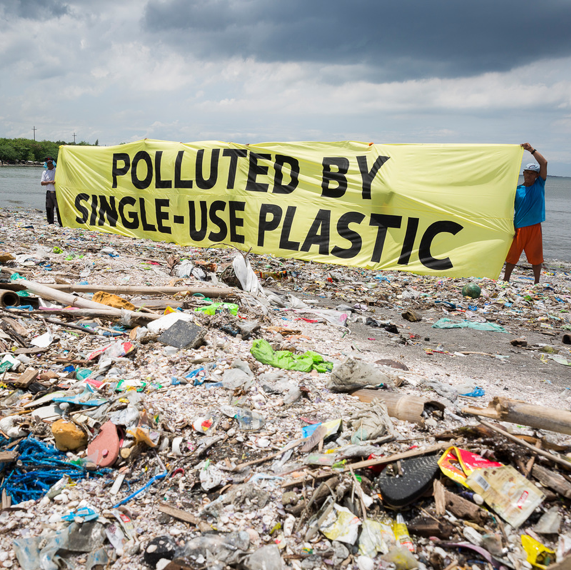
Why we need a UN Treaty on plastic pollution The Ellen MacArthur Foundation is a UK charity working on business, learning, insights & analysis, and communications to accelerate the transition towards the circular economy.
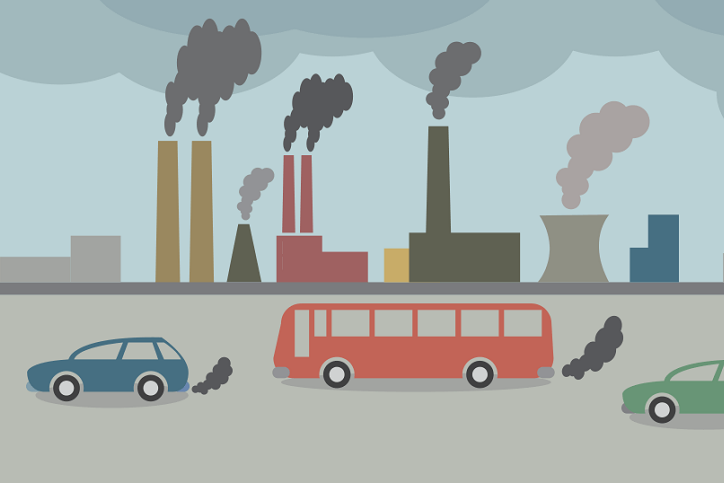
Air Pollution for Kids Air is all around us and we need it to survive.
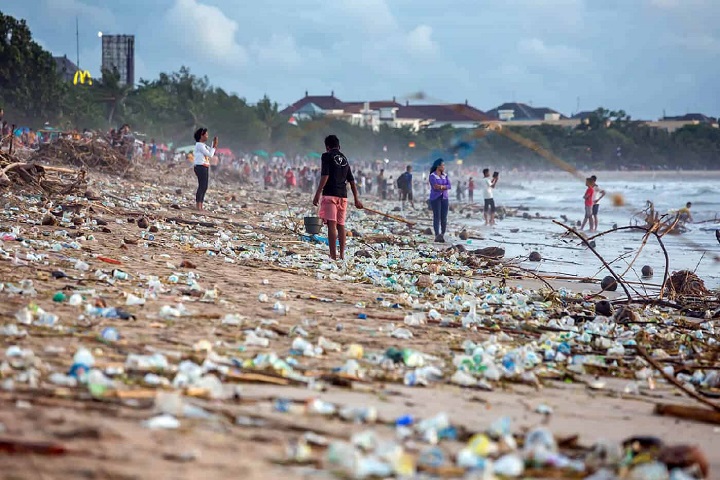
Why We Need to Stop Plastic Pollution? Our oceans are being filled and killed by throwaway plastics.
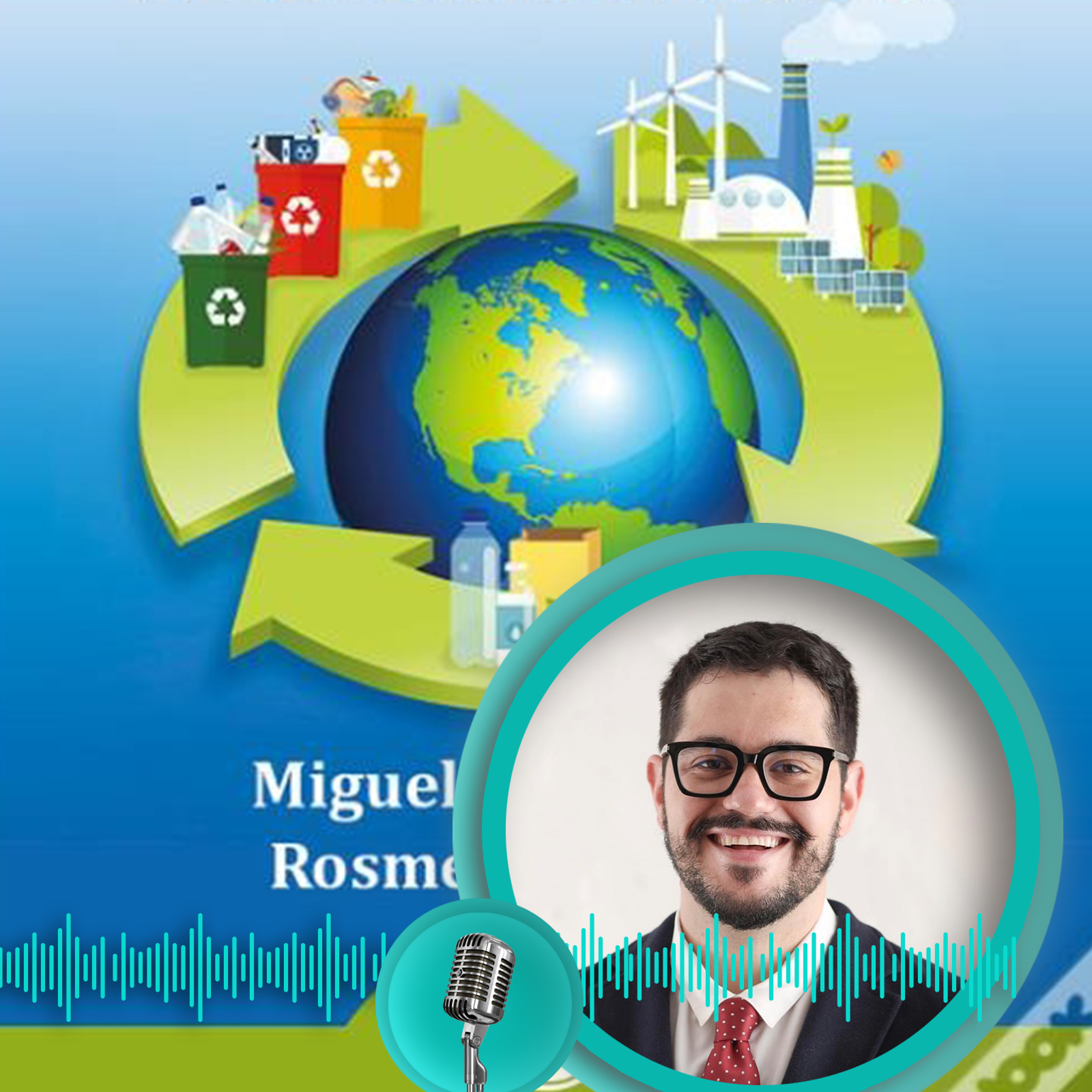
Climate Change, Ecological Crisis and Sustainability We are all agents for change in climate action.
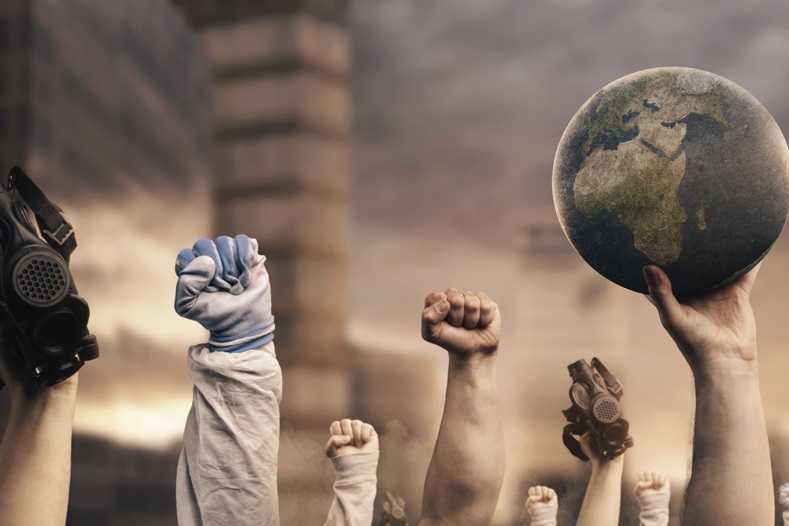
Climate Racism Climate Racism: Social Inequalities in the Age of Climate Change